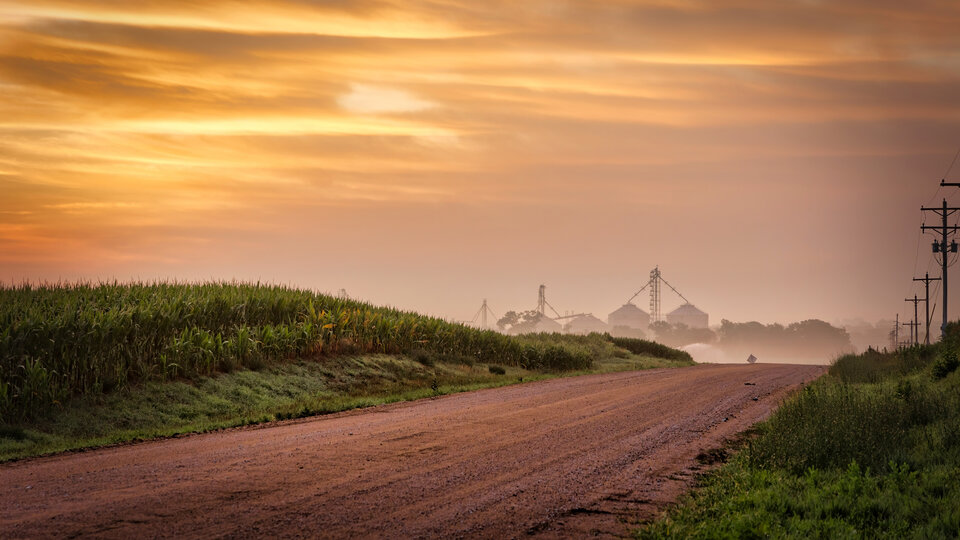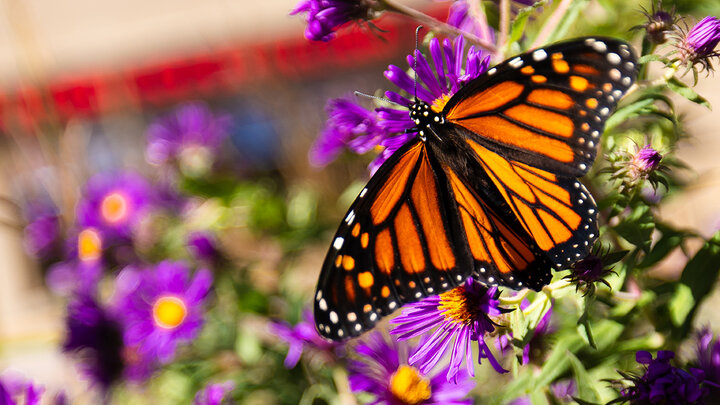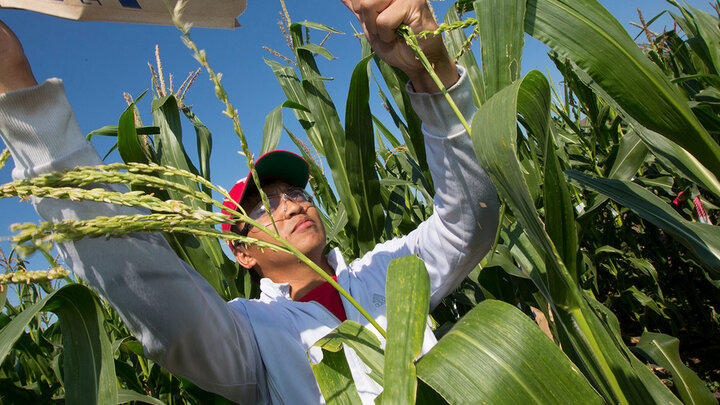Stanton County Fair - July 30 - August 3
4-H Schedule
4-H PRE-FAIR SCHEDULE
Wednesday July 23
8:00 am Enter Clothing, Home Design & Restoration, Photography, General Exhibits, and Favorite Foods Revue
9:15 am Judging
9:15 am Fashion Show
10:30 am Favorite Foods Revue
1:15 pm Deadline for changes to Companion Animals & Cats
2:00 pm Companion Animal Show
Following Companion Animal Show Cat Show
Friday, July 25
9:00 am Dog Show
Tuesday, July 29
4:30 – 5:30 p.m. Enter Indoor Exhibits including Potted Plants
Wednesday, July 30
8:00 – 9:30 a.m. Enter Indoor Exhibits
8:00 a.m. – 12:00 p.m. Open Class Registration
10:00 a.m. Grand Opening / Flag Raising
9:45 a.m. Judges Meeting
10:00 a.m. Indoor Judging
10:00 – 11:00 a.m. Clover Kid Interview-Indoor Projects Only
Noon Bucket Calf Record Books due in 4-H Office
4:00 – 5:00 p.m. Sheep & Goat Weigh-In
4:00 – 5:00 p.m. Swine Check-In
4:00 – 5:00 p.m. Poultry & Rabbit Check-In
5:00 pm – 6:00 p.m. Horse Check-In
Thursday, July 31
7:00 – 8:30 a.m. Beef Check-in
8:00 a.m. Horse Show
9:30 a.m. Rabbit Show
Noon 4-H Appreciation Cookout
12:30 p.m. Poultry Show
Following Poultry Show Exotics
2:30 p.m. Goat Show
Following Goat Show Sheep Show
Friday, August 1
10:00 a.m. Dairy Show
Following Dairy Show Bucket Calf Show
Following Bucket Calf Show Beef Show
1 Hour after Beef Show Swine Show
Saturday, August 2
10:00 a.m. Livestock Judging Contest
Sunday, August 3
1:00 p.m. Fashion Show / Awards Program combined.
Following 4-H Auction
AFTER Auction is completed. All Animals and Indoor Exhibits released.
Nebraska Custom Rates
Nebraska Custom Rates Surveys and Reports for farm and ranch operations provide custom operators and those who pay for their work with average market rate data for dozens of services performed across the state. The traditional Nebraska farm custom rates report is typically published in even-numbered years. A new survey related to custom livestock work began in 2023 and will be published in odd-numbered years.
Nebraska Farm Real Estate Report
The Nebraska Farm Real Estate Market Survey is an annual survey of land professionals, including appraisers, farm and ranch managers and agricultural bankers. It is conducted by the Center for Agricultural Profitability, which is based in the Department of Agricultural Economics at the University of Nebraska-Lincoln. Results from the survey are divided by land class and agricultural statistic district. Land values and rental rates presented in the report are averages of survey participants’ responses by district. Actual land values and rental rates may vary depending upon the quality of the parcel and local market for an area.



